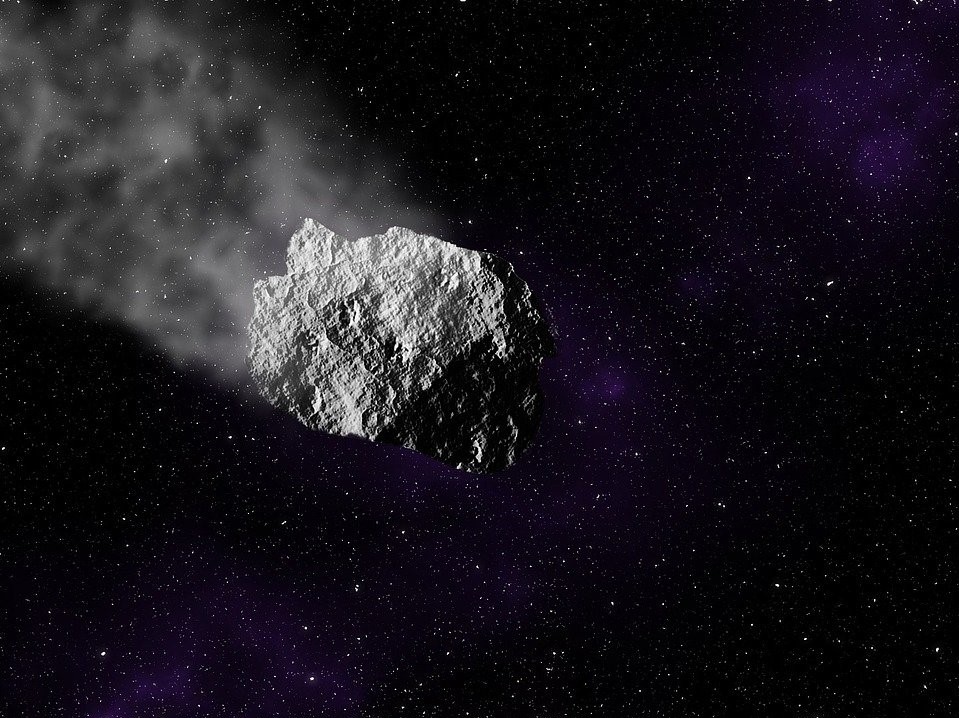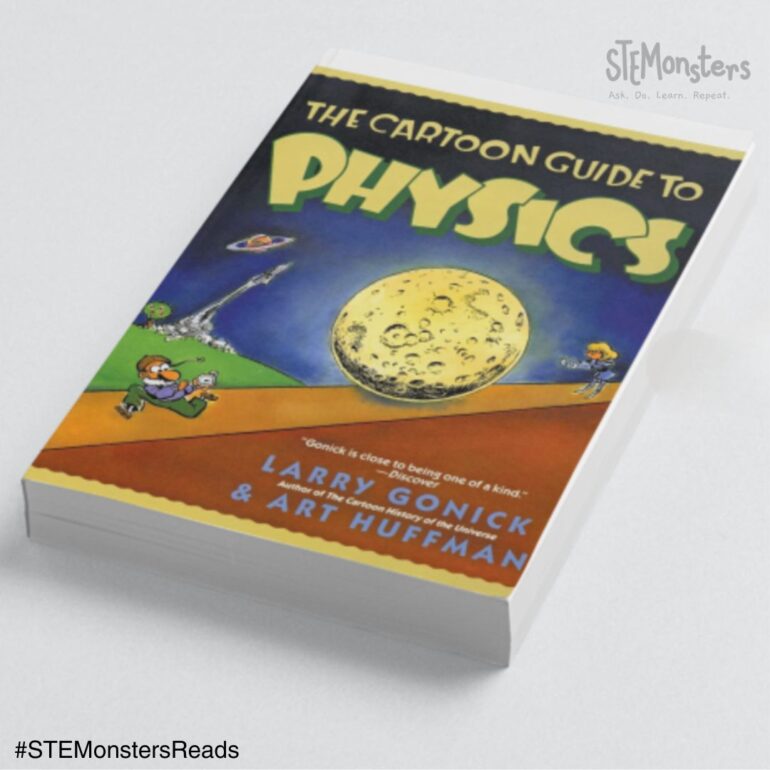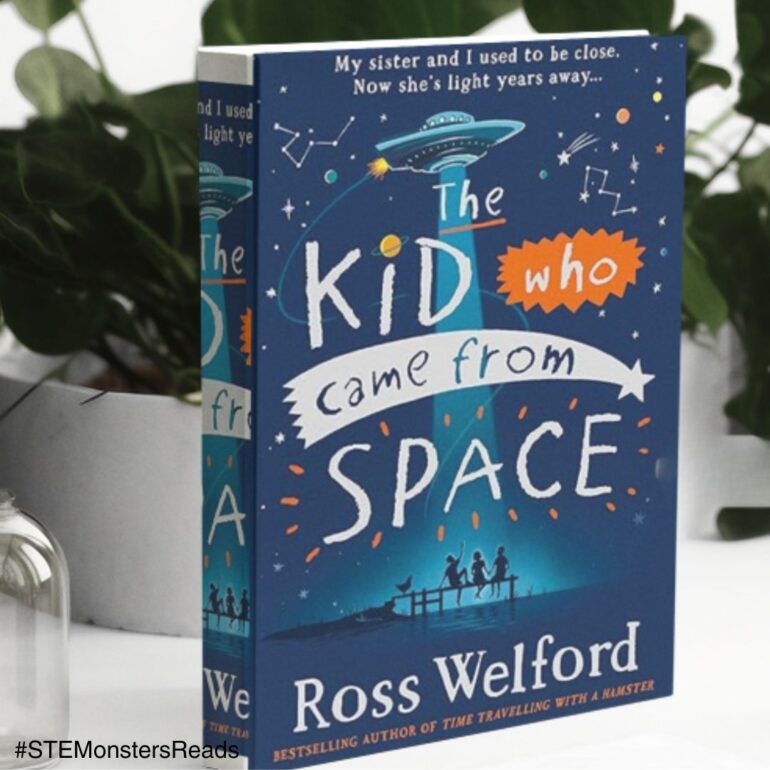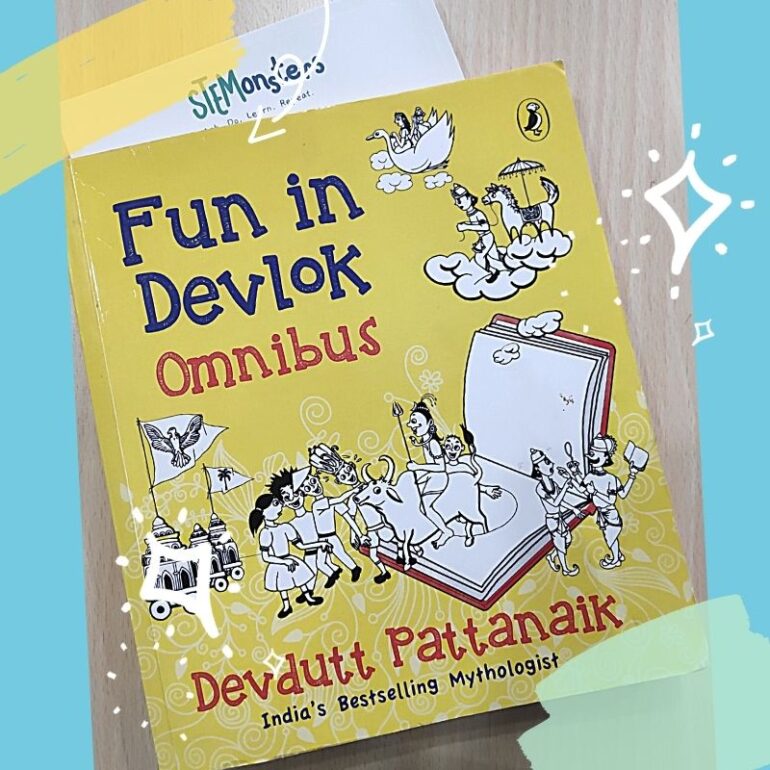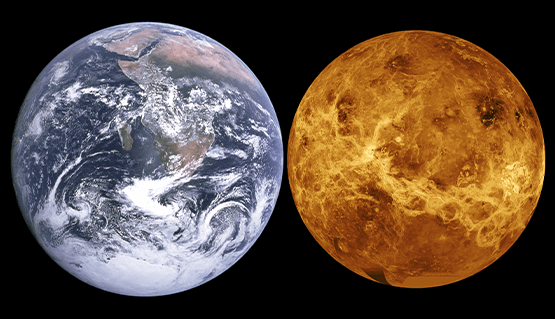A truly special delivery from space has provided a monumental gift for astronomers and astrobiologists: a chance to decode the origins of life on Earth. In a landmark achievement, scientists from Japan’s space agency (JAXA) successfully retrieved a small sample of dust from an asteroid millions of kilometers away. The celebrated Hayabusa2 mission dropped off its precious cargo—a piece of the asteroid Ryugu (meaning “Dragon Palace” in Japanese)—for analysis.
This isn’t just another impressive milestone in space exploration; it’s a window into our deepest scientific questions. Could the secrets of how life began be locked inside a few microscopic grains of space dust? That’s exactly what scientists are hoping to find out.
A Tiny Sample with Huge Implications
Can you guess the weight of the sample that was collected and is now being studied by scientists all over the world? 0.1 grams! Yes, you read that right – the sample is equal to the weight of a few grains of sugar.
That might seem insignificant at first glance. After all, how much can such a minuscule amount of asteroid dust really reveal? But in the realm of astrobiology and cosmochemistry, every atom in that dust carries a story—an ancient tale from the early days of our solar system, possibly even before Earth existed.
This is the equivalent of having a fossil that predates fossils. Asteroid Ryugu is thought to have remained largely unchanged for over 4.5 billion years. That means the materials retrieved from its surface are pristine, untouched by the geological and biological processes that constantly reshape Earth. In other words, this sample is a time capsule from the dawn of the solar system.
So, what happened on Earth billions of years ago that led to life on our piece of rock, but not on our neighboring planets like Mars or Venus? The answer may lie in these ancient materials—compounds and molecules formed under completely different conditions than those we experience on Earth.
Ryugu’s Secret: The Building Blocks of Life from Space
Ryugu is special because it’s a carbonaceous asteroid, meaning it’s rich in carbon—an element essential to all forms of life as we know it. Carbon atoms form the backbone of a complex organic molecule, from the sugars in your morning coffee to the DNA in every cell of your body.
But that’s not all. Ryugu is believed to be a fragment of a much larger parent body that formed during the birth of our solar system. This means it has likely preserved the original material from the protoplanetary disk—a dense cloud of gas and dust that eventually coalesced into planets, moons, and other celestial bodies.
Finding organic compounds like amino acids in Ryugu’s dust helps scientists explore age-old questions: What are the fundamental building blocks of life? How did non-living chemicals organize themselves into the first living cells? And perhaps most intriguingly, did Earth get a little help from outer space in kickstarting life?
Since the sample’s return, analysis has confirmed our highest hopes: scientists have discovered more than 20 types of amino acids in the asteroid dust. This is a huge deal. Amino acids are the building blocks of proteins, which carry out nearly every function in living organisms. Their presence in a space rock suggests these essential ingredients for life may be far more widespread in the universe than previously thought.
This discovery lends powerful support to the panspermia theory—the idea that the basic components of life didn’t originate on Earth, but were delivered here from space via comets, asteroids, or meteoroids. In this view, Earth wasn’t unique in developing the ingredients for life; it was simply fortunate enough to receive them in the right place at the right time.
The Ultimate Cold Case: Analyzing Asteroid Dust
Collecting this precious sample was only the beginning. Analyzing it presents its own set of challenges—ones that require extreme precision, cutting-edge technology, and international collaboration. The process is so meticulous, it resembles a forensic investigation. But instead of solving a murder mystery, scientists are trying to piece together how life itself began.
First, the sample must be handled in an ultra-clean environment to avoid contamination from Earth’s own organic materials. Even a single particle of dust or drop of moisture could distort the findings. That’s why the sample is studied in specially designed labs, some even operating under cleanroom conditions more sterile than a hospital operating theater.
Next comes the molecular analysis. Scientists use tools like mass spectrometry, infrared spectroscopy, and electron microscopy to separate and identify each molecule. They’re not just looking at what’s in the sample—they’re also investigating how the molecules formed, how they interacted, and what environmental conditions they may have been exposed to.
Think of it like reverse-engineering a cake to understand the recipe, the oven temperature, and the ingredients used—all from a single crumb. Except in this case, the “crumb” is from space, and the “cake” could be the origin of all life.
Why This Matters (A Lot)
The Hayabusa2 mission is more than a triumph of engineering—it’s a profound leap in our understanding of where we come from. By analyzing the materials from Ryugu, we get a glimpse into the chemistry that shaped the early solar system and possibly the first seeds of life.
And Hayabusa2 isn’t alone. NASA’s OSIRIS-REx mission recently returned a sample from another carbon-rich asteroid, Bennu, adding to the treasure trove of extraterrestrial material now available for scientific study. Together, these missions are transforming astrobiology from a speculative science into one grounded in physical evidence.
What we learn from these tiny grains of dust may one day help us understand not just our past, but our future—whether that means discovering life elsewhere in the universe or learning how to protect our own planet from cosmic threats.
In the end, a few grains of asteroid dust may answer the oldest question we’ve ever asked: How did we get here? With every molecule studied and every compound identified, we’re one step closer to understanding our place in the cosmos—and that’s a journey worth taking, even if it starts with something no bigger than a sugar crystal.
Read More :
- japan-s-hayabusa2-capsule-lands-carbon-rich-asteroid-samples
- asteroid-ryugu-dust-delivered-to-earth-nasa-astrobiologists-prepare-to-probe-it/
Footnote: The research studies on the Ryugu asteroid are a prime example of cutting-edge science and tech. This work intersects with biomedical science, analytical chemistry, and even nanotechnology, given the microscopic scale of the analysis. The research methodology combines qualitative data analysis with advanced spectrometry, generating data perfect for bioinformatics and further postdoctoral research. This topic is frequently covered in top international journals and scholarly sources, making it a key area of study in modern STEM fields.

